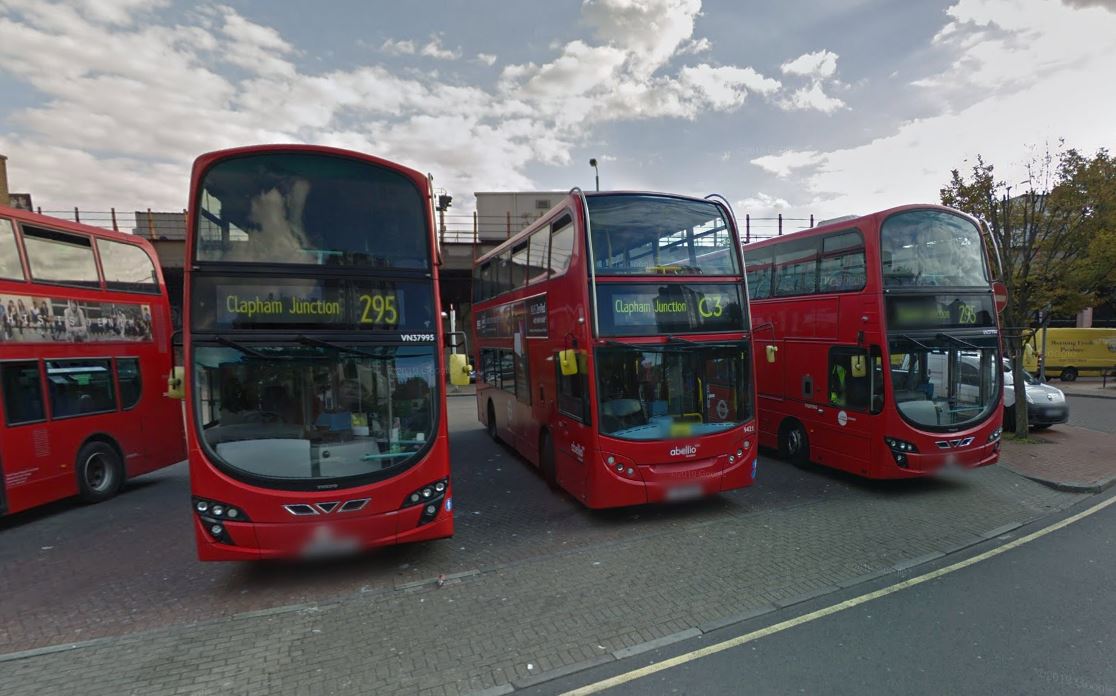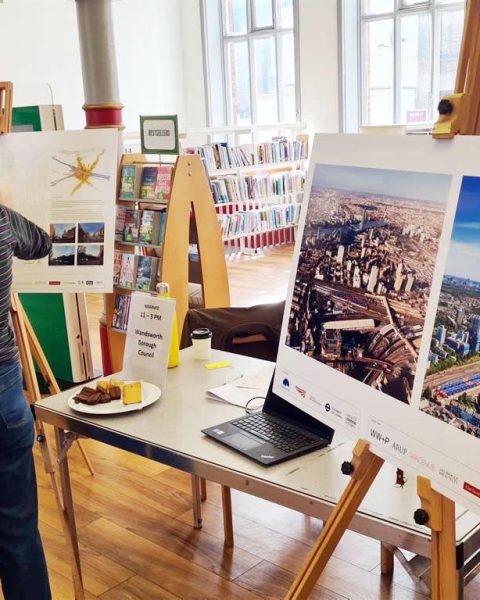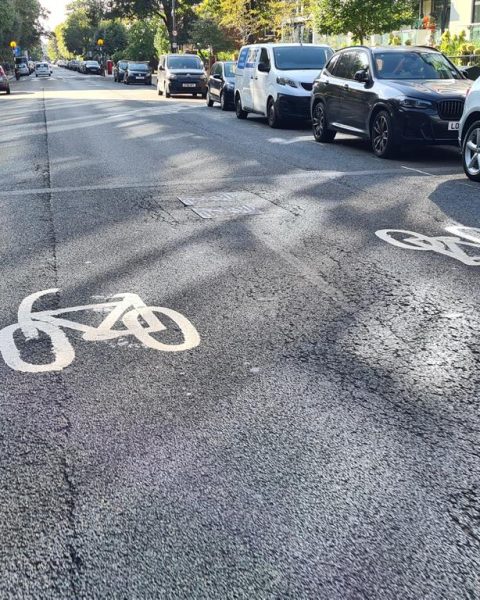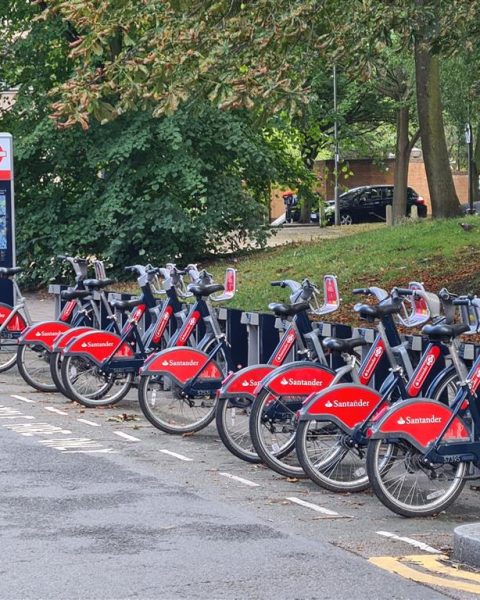Following a consultation organised last summer, ahead of a plan to scrap bus routes in order to save money, TfL has published their decision. They have decided to only cut 4 bus lines out of the 22 initially planned. There will be no change for buses in Wandsworth at the moment.
Back in June 2022, CJAG News reported that Transport for London was proposing to change up to 78 71 bus routes, including to cut up to 22 services completely. It consulted on the proposal from Wednesday 1 June to Sunday 7 August 2022 (originally 12 July 2022).
Last week they eventually published the result of this consultation with the decisions reached.
Only four bus routes out of the 22 proposed will be eventually cut : 332 (but actually replaced with route 16), 507, 521 and the N16 (directly replaced by new route N32). And no more than sixteen routes will see some modifications: bus routes 3, 6 (24hr), 11, N11, 16, 23 (24hr), 26, N26, N32 (new), 59, 77, 133, 211, 521, 507 and C10.
Changes to all other bus routes in scope of consultation and not listed above will not be going ahead at this time.
As a consequence, none of the buses to be modified will affect Wandsworth. TfL’s document explains clearly that “changes will not go ahead at this time” for bus route 49, C3 and N31 which were going to impact Clapham Junction.
A vast opposition to the cuts
TfL received 21,528 responses, with 1% coming from stakeholders (community groups, societies, local authorities…etc). 83% of the comments were made through the website, and the rest by email with a tiny portion made on paper and even a few phone calls.
In addition to requesting comments regarding the proposed changes, the transport body sought to learn more about the transport habits of respondents with additional questions such as which bus routes they currently used, whether they changed bus or transport mode to complete their journey, etc.
Not surprisingly, they note that the vast majority of the responses where opposed to the changes. They add that they also received some “suggestions which included re-routing and frequency changes“.
The popular 14 and 74 from Putney Heath to Russell Square via Fulham and South Kensington, previously marked for closure, where amongst the bus routes which received the most comments. Route 14 got the top position with 2,732 comments and route 74 came 6th with 1,354 comments.
From the responses received for South-West London, it shows that South Kensington routes (with bus 49, ending at Clapham Junction, along with bus 14 and 74 going to Putney) were the most popular, being mentioned in 32.2% of the responses. Routes going to Earls Court (with bus C3) got 16.9% of the responses.
Concerns over decreased connectivity and the impacts on key workers
As we said, comments were mostly very negative. The analysis of the responses shows that the key concerns raised related to mobility and accessibility issues, followed closely by the need to ensure that bus routes reached major areas in London.
There were concerns over decreased connectivity and the impacts of this, including longer journey times, an impact on employment, unfair impact on those without access to a car, and increased journey costs overall.
The night routes received much less comments but respondents mentioned the importance of night-time travel for shift workers, the lack of alternative modes of transport early in the morning/late at night and that the removal of the night bus would make it harder to get home in the evening and after nights out.
It is also worth noting that respondents stated concerns on the impact of the proposed withdrawal of routes 14, C3 and N31 for the Chelsea and Westminster Hospital’s front-line workforce, patients, and their families
To put things into perspective, the buses running through Clapham Junction attracted much less comments than the one in Putney. 2,178 respondents opposed the removal of the bus route 14 going to Putney, while only 412 made the same comment for bus 49 going to Clapham Junction.
Wandsworth Council said they should amend and replace rather than remove
Wandsworth Council welcomes the decision. Councillor Hogg said it was the fair, common-sense outcome. He said:
“We need more buses, not fewer. Buses are disproportionately used by people on lower income, who rely on them to get to school and work, do their shopping, visit relatives and attend healthcare appointments.”
On their response to the consultation last summer, the Council warned against the number of modifications happening at the same time and suggested a more gradual change., especially in the aftermath of the pandemic. With the need to provide for growth and help front line workers and those on low income using bus services, they expressed concerns on the removal of services serving Chelsea hospital.
TfL also received comments from community groups in the area such as the Battersea Society and Wandsworth Living Streets. The Living Streets group said that it was “unreasonable to reduce vital public transport services to meet funding conditions“.
- The Clapham Junction Action Group submitted a response to the consultation, similar to the comments that we have published (see section 4.7 Stakeholder responses, Transport and road user groups p108 and page 274, with a summary of the submission).
What were the few bus routes under threat in Clapham Junction
The buses on threat within the area were the C3 from Clapham Junction to West Cromwell Road (Earl’s Court) which was marked for removal, but with an alternative with rerouting the 27, which means no effect in Wandsworth.
The portion of 49 from Clapham Junction to South Kensington was proposed for removal, but this time with no other alternative than getting on multiple buses for the same journey. TfL acknowledged that the removal of the portion of bus 49 going to Clapham Junction should affect about a fourth of current route customers. People wanting to go from Clapham Junction to White City will have to either user 345+49 or 319+19+49 instead of only 49 all along.
As we suggested in our article, a good alternative could have been for TfL to extend Bus 19 to start at Clapham Junction instead of Battersea Bridge, which could also make sense to link to Clapham Junction Station.
Night bus N31 was proposed to be scrapped and all customers going to Clapham Junction would have to change at Wandsworth Town if using the N28.
Transport for London and the issue of funding
Public transport in London is still below pre-pandemic level. Data recorded in June 2022 shows an average use of 75% for the Tube and 84% for buses in London.
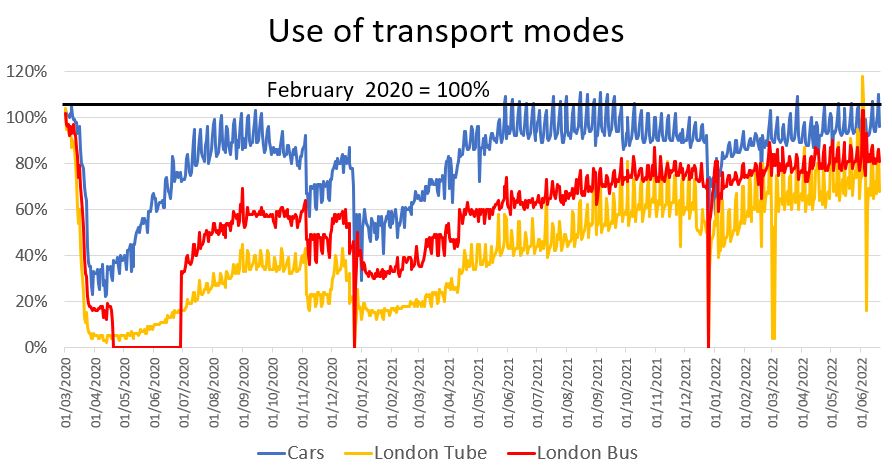
In addition, the government is still putting pressure on TfL and the Mayor of London Sadiq Kahn to achieve significant financial savings and reduce service levels.
A structural under-funding
The funding issue has been a cause of concern for many years already , and it especially exacerbated with the election of a Labour Mayor for the capital with central government being lead by the Conservatives.
In 2021, the Transport Secretary Grant Shapps said that the Government had “already given the mayor over £4 billion to keep the network running”. Another £1 billion emergency funding has since been provided until now to cover the shortfall in order to cover day-to-day spending.
The funding provided by local and central government only represents about 3% of the total budget, which is low when compared with New York with ~7%, Paris ~14% [*] (without even talking about Singapore with … ~55%).
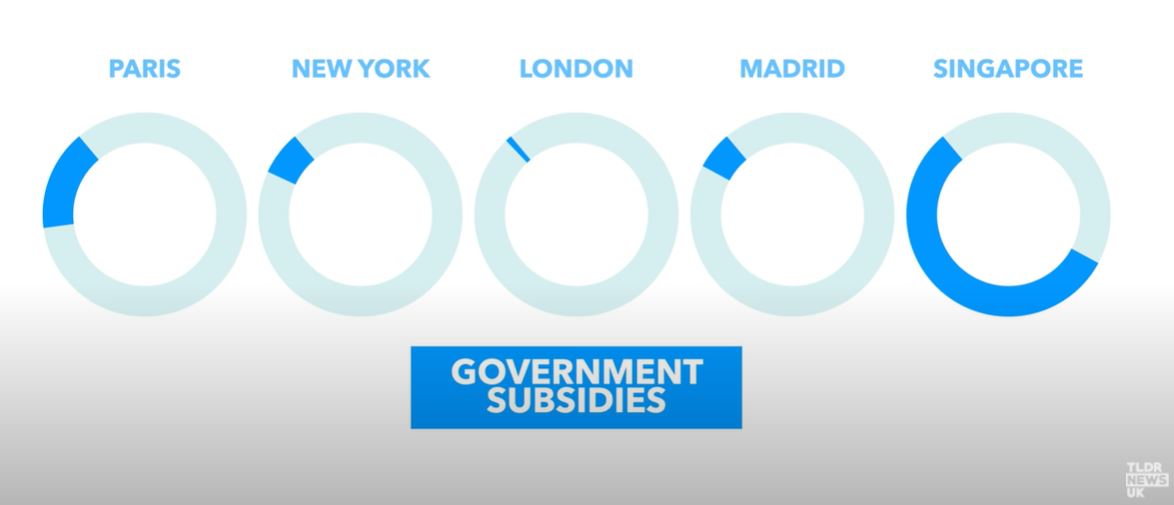
But the biggest difference is made with the even lower comparative level of business contribution: in New York, the contributions, direct or indirect, made by businesses equal 32% in 2018 (Payroll mobility tax + transportation business tax + Sales and Real Estate related taxes + Petroleum Business Tax), while in Paris the contribution of business tax was 52% in 2018 [*]. It is only 18% in London (2019/20).
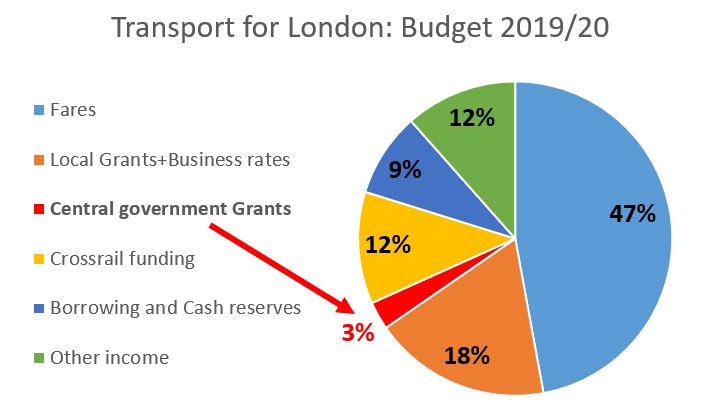
The Youtube channel TLDR explained:
“Each time Kahn asked for money, the Conservatives give him less than he asked for and with certain conditions attached as well as accusing him of financial mismanagement.”
Under Sadiq Kahn (2016-2020), the average deficit has been £650 and was on its way to become profitable before the pandemic hit, while total debt increased by £2.7bn from £9bn to £11.7bn. In comparison, under Boris Johnson (2008-2015) it was running an average deficit of £1b and total debt increased by £7bn, from £2bn to £9bn.
Moreover, according to TLDR, when Boris Johnson was Mayor, he received an additional £700m/year as operating grant from the Conservatives government which was cut to … £0 by David Cameron and George Osborne when the Labour Mayor was elected!
Unless there is a real change over the components of the London public transport funding, it seems more than likely that we will have to reconsider fee increase and service cuts sooner rather than later.
[*] 12% of local and regional government funding and 50% of business contribution in 2022 according to recent figures published by Le Monde.


